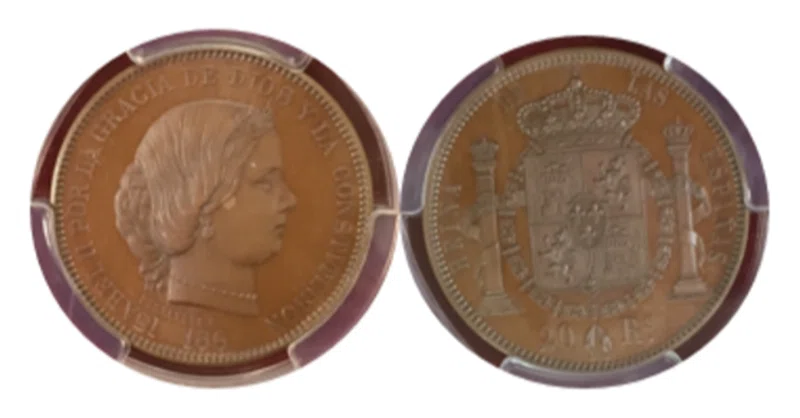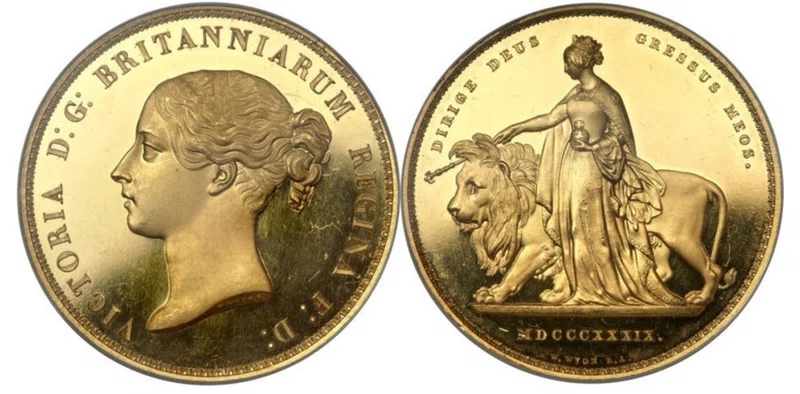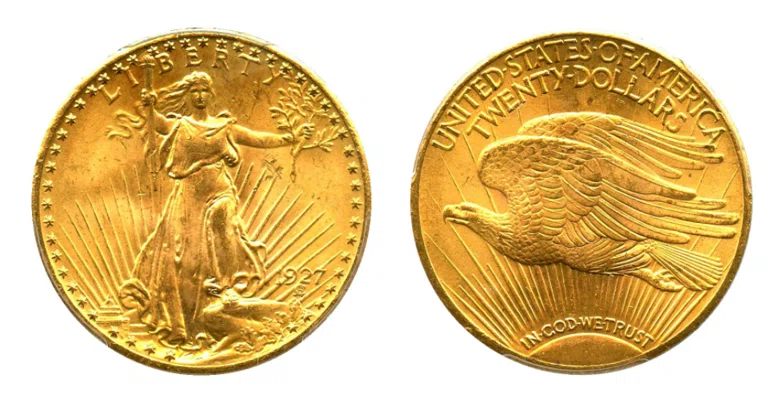Want to Know the Price of Antique Coins? How Prices are Determined and How to Check Them! Part 1

Antique coins have garnered attention as a 'defensive' investment, especially in recent years, given their resistance to price fluctuations even in economic downturns. However, the prices of these coins can vary widely, with some fetching millions of yen per piece. Many may wonder how these prices are determined.
In this article, we'll address questions such as:
- 'How are the prices of antique coins determined?'
- 'How can I find out the market value of each coin?'
1. How are the Prices of Antique Coins Determined?
When buying antique coins, there is no fixed price. Instead, the value is determined by various factors specific to each coin.
1-1. Gold Content
Since ancient times, coins have been made from gold. The price of gold fluctuates with the economy, generally rising when the economy is unstable. This trend persists today, reflecting the trust placed in gold. The more gold content in an antique coin, the higher its value.
1-2. Era of Manufacture
A1-3. Condition of the Coin
The condition of an antique coin significantly affects its price. Deformation, discoloration, scratches, cracks, or chips can all lower the value. Even if a scratch occurred during the coin's production, it is still considered a flaw, affecting the price. If you store coins yourself, be very mindful of their preservation.s the name suggests, antique coins are from past eras. Naturally, the older the coin, the more rare and valuable it is considered.
1-4. Artistic Design
The design of antique coins varies depending on the country and era in which they were issued. They can feature gods, historical figures, animals, and more. Coins with popular figures or deities tend to be more expensive. This might be because they served as collectibles, similar to how modern-day photo cards are collected.
1-5. Limited Number of Issuances
The number of coins issued also influences their price. For example, a popular antique coin, the 'Una and the Lion,' issued in the UK in 1839, had only 400 pieces issued, with each coin valued at over 10 million yen.

Another example is the 20-dollar gold coin 'Saint-Gaudens' issued in 1927, with 180,000 pieces issued, each valued at about 300,000 yen.

However, only five Saint-Gaudens coins with a 'D' mark above the 1927 date have been confirmed worldwide, and their value skyrockets to hundreds of millions of yen per coin.
Thus, the rarity of issuance can significantly impact the value of antique coins.
Next time, we'll discuss how to assess the value of your antique coins.
May your antique coin journey bring you good fortune!
